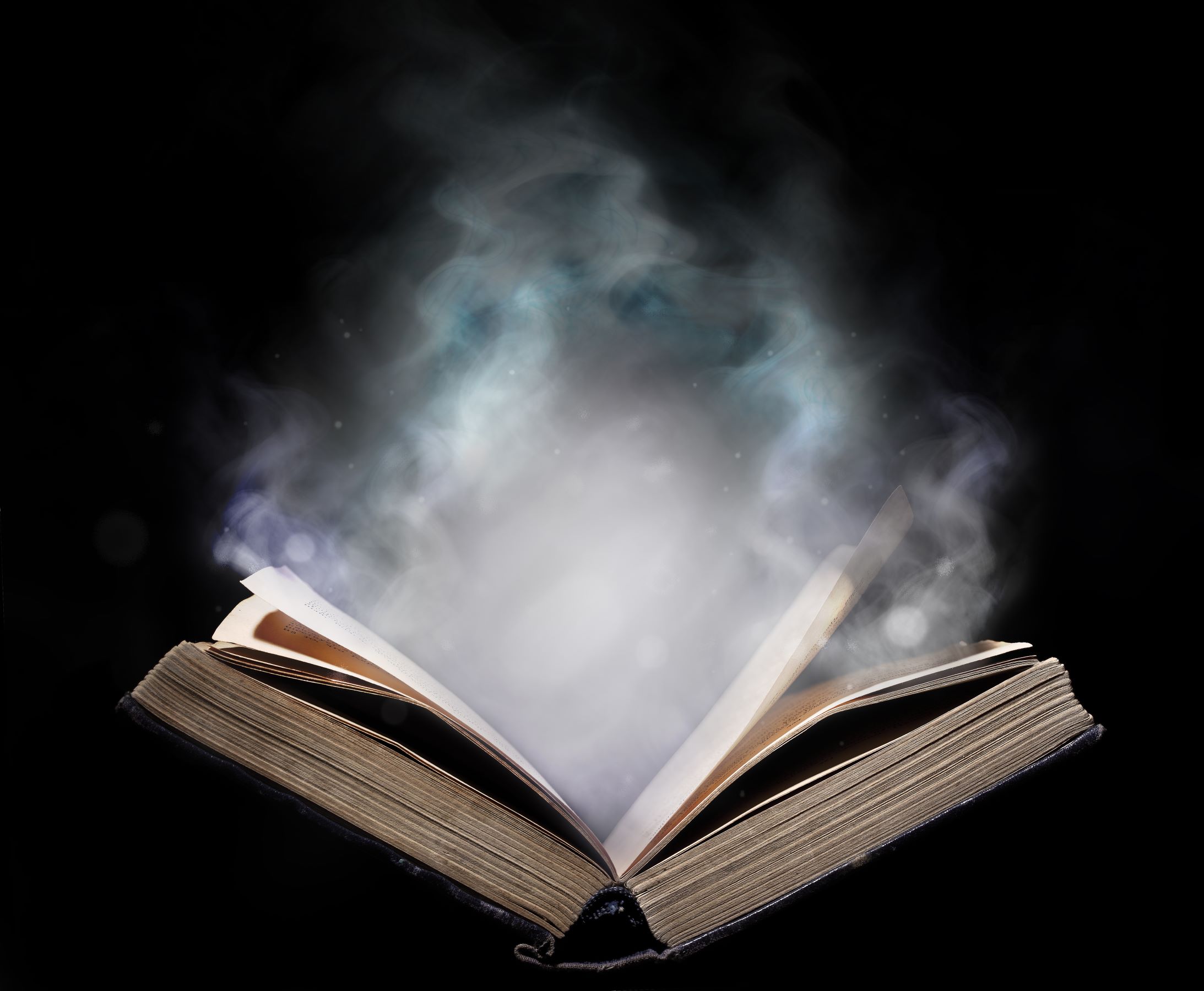
(Shutterstock)
Bibliophobia was once thought to be a rare anxiety disorder, characterized by an intense fear of books. The etymology was simple: biblion, Greek for book, and phobia, Greek for fear. Diagnosis was equally straightforward: the mere thought of reading a book induced an irrational panic, and the stress response then triggered physical symptoms: people felt their chests tighten and had trouble breathing; they grew lightheaded or dizzy and worried that they were about to faint; they broke out in a cold sweat and felt nauseated; they trembled.
No mention was made in the psychiatric literature of contagion.
Now, however, a new form of the disorder has manifested, and it appears to be spreading through the Midwest and the South. Epidemiologists tracked attempts to ban 2,535 different books last year alone.
Such variations often occur with psychiatric conditions, as the contemporary cultural vocabulary is swept into the psychosis. Someone in the throes of paranoid schizophrenia, for example, might have believed themselves to be Jesus in the 1950s, hallucinated Martians in the 1960s, overheard Soviet spies in the early 1980s, felt persecuted by AI in the 2020s. Anxieties shift from nuclear attack to the Apocalypse to the end of life on Earth, reflecting a changing zeitgeist.
In its latest iteration, bibliophobia surfaces when other people read certain books. The fear remains irrational and uncontrollable, leaving patients incapable of conquering it on their own. The affective tone is also unchanged, marked by avoidance of books, dread of their presence, and an associated guilt or shame—although in this iteration, the guilt and shame are projected onto the person who is reading, not the sufferer of the phobia.
Immature sufferers can be observed throwing temper tantrums, crying inconsolably, clinging to safety (which can be an object, a belief, or a group; whatever each individual has assigned, sometimes subconsciously, to represent safety for them). More mature bibliophobes are better able to conceal their personal distress and tend to rationalize, generalize, and universalize its precepts.
The exact cause of bibliophobia in any of its forms remains unknown. Researchers hypothesize a combination of genetic and environmental influences, although some individuals are reacting to a specific trauma in their past, an instance of embarrassment, confusion, or intense anxiety. Perhaps they connected an alarming or unfamiliar curiosity, rebellion, or ideological shift to the reading of a book. The fear that generated was strong enough to involve the amygdala, which recorded their response and now reminds them of it regularly. Because the brain records such responses faithfully, without questioning their rationality, the intensity of the reminder can convey a sense of rightness and urgency that might not be merited by the original trauma.
The amygdala also records strong responses in those around us, which could account for the apparent contagion.
Recognizing that the phobia is real is the first step. Here in Missouri, for example, Senate Bill 775, passed just five months ago, bans the distribution of “explicit sexual material” in both private and public schools. Further efforts are under way to force librarians to determine the age-appropriateness of certain books (and keep them away from certain readers); should the librarians refuse, they would lose their state funding—which would decrease their services and, for some, might jeopardize their very existence.
The next step? Seeking help. Like other anxiety disorders, bibliophobia can interfere with work, school, or personal relationships. Talk therapy is the most effective, but can be fraught when the patient and the therapist have very different values and world views. A pragmatic version, cognitive behavior therapy, is a more neutral way to help people understand the origin of their fear and build confidence about facing it. Dialectical behavioral therapy includes the strategy of the half-smile: composing the face in a pleasant expression while in the presence of someone reading makes it harder to feel the usual painful response.
Exposure therapy can be even more powerful, gradually and repeatedly placing the sufferer in the presence of the sorts of books they dread. First, they would simply think about those books, calmly, in a safe place, so they could see that the world was not shaken. Then, they might touch the books, gently stroking the cornflower-blue cover of Toni Morrison’s The Bluest Eye, banned in Wentzville, Missouri, then restored to the shelves after an outcry. Finally, they could turn a few pages, maybe beginning with the bold graphics of the Pulitzer Prize-winning Maus and moving up to The Hate U Give and The Handmaid’s Tale. All of which, incidentally, are about the casualties of excessive anxiety that mutates into hatred.
The list of oft-banned books includes Brave New World, Of Mice and Men, the Harry Potter books, The Catcher in the Rye, Flowers for Algernon, The Canterbury Tales, The Adventures of Huckleberry Finn, and To Kill a Mockingbird. And it grows longer by the week. If bibliophobia persists and worsens, possible complications include depression, increased general anxiety, thoughts of suicide (or violence turned outward), social isolation, problems connecting with others. Luckily, we are more aware of these dangers today. In the Middle Ages, bibliophobia was a knee-jerk reaction to the terror instilled by the few who could read, and who thus held clerical and political power over the rest. Later instances of bibliophobia include the Spanish Inquisition and the Index Librorum Prohibitorum, which was not abolished by the Roman Catholic church until 1966.
While avoiding books seems like a practical solution—and will temporarily ease anxiety, experts note that those who choose this course “may also be worsening their condition in the long run,” because the very act of avoidance reinforces their fear of books and may fuel the phobia. A gentle, firm community response is necessary to prevent such disastrous outcomes.
Read more by Jeannette Cooperman here.
